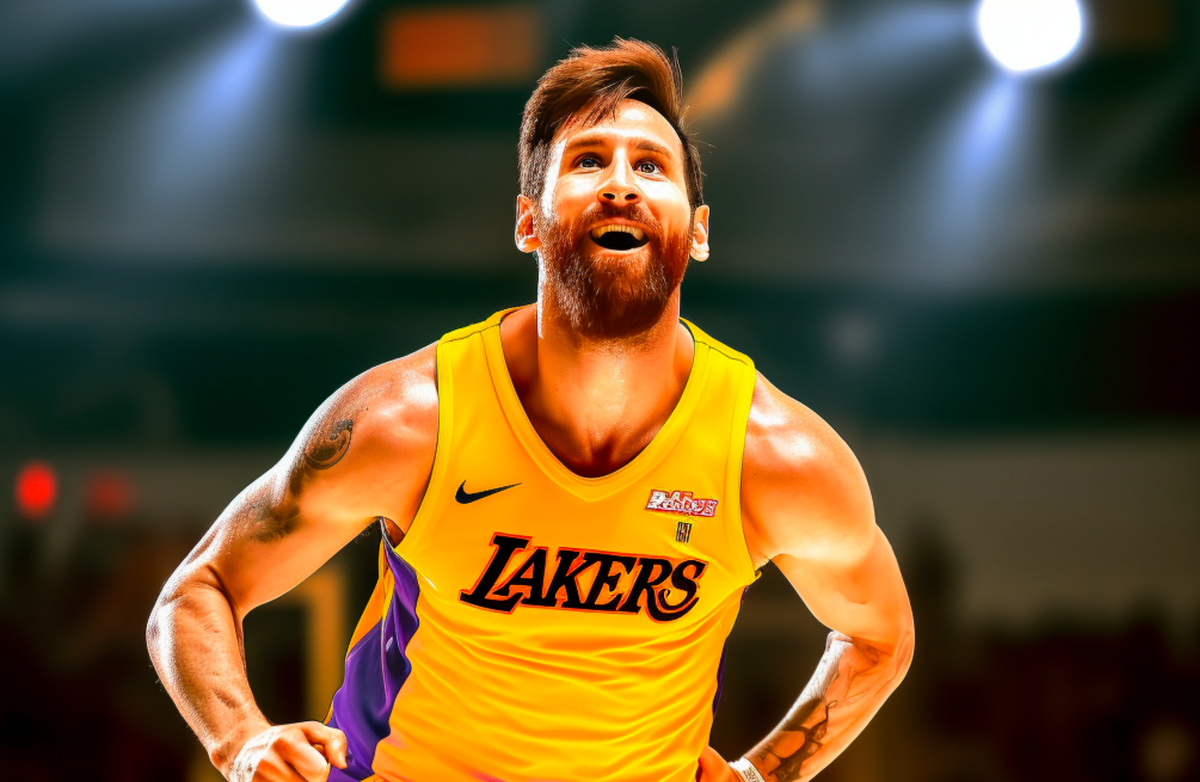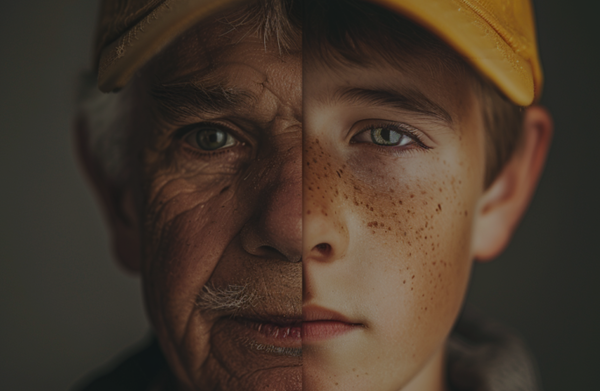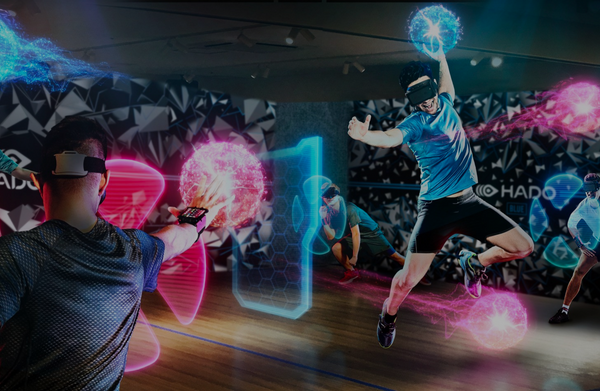Deepfakes: The Next Big Threat or Triumph?
Deepfakes, AI-driven manipulated videos that can make anyone appear to say or do anything, have gained notorious recognition in recent years. Beyond the political and social implications, deepfake technology has carved a niche for itself in the sports industry.

Deepfake technology, which uses artificial intelligence to create hyper-realistic but fake videos, has been making waves in various sectors, including the sports industry. This technology has the potential to revolutionize the way we consume sports content, but it also raises serious ethical and legal questions.
👀 Key Takeaways
- Deepfake technology can create high-quality videos that replace the person in the original video with someone else, often with accurate resemblance[1].
- The global market for deepfake detection was $3.86 billion in 2022 and is poised to expand at a compound annual growth rate of 42% through 2026[2].
- Deepfake technology has been used in sports marketing campaigns, such as FanDuel's "Think Like a Player" campaign featuring a deepfake-generated version of Charles Barkley[5].
- Deepfakes can potentially be used maliciously to harm the reputation of sports stars or to spread disinformation[1][6].
- Intellectual property law needs to adapt to the advanced nature of deepfakes to protect athletes and other public figures[1].
🔍 Market Trends
- There is a growing trend of using deepfake technology in sports marketing campaigns to bring former players back to their prime[5].
- The use of deepfake technology is becoming more commonplace in the entertainment and sports industries, and its commercial potential is significant[1].
- Deepfake startups are attracting significant venture capital, indicating a growing interest in this technology[2].
- There is a growing concern about the misuse of deepfake technology, particularly in terms of spreading disinformation and harming individuals' reputations[1][6].
- The law is beginning to grapple with the challenges posed by deepfakes, particularly in terms of intellectual property rights[1].
🏆 Top Businesses
- FanDuel: This sports betting platform used deepfake technology to bring former NBA player Charles Barkley back to his prime for its "Think Like a Player" campaign[5].
- Lay's: The snack company used deepfake technology in its Messi Messages app, which uses facial mapping and lip-syncing to make it appear as if Lionel Messi is delivering custom messages[3].
- iFlytek: This Chinese firm has been developing deepfake tools for more than five years and made a deepfake video of Donald Trump speaking Mandarin as a publicity stunt in 2017[6].
🧩 What If Scenarios
- What if deepfake technology becomes so advanced and widespread that it becomes difficult to distinguish between real and fake videos?
- What if deepfake technology is used to create fake sports events or to manipulate the outcomes of real events?
- What if a sports star's image is used without their consent in a deepfake video, leading to legal disputes over intellectual property rights?
💡 Idea Generation
- Deepfake technology could be used to create virtual meet-and-greets with sports stars.
- Sports training programs could use deepfakes to demonstrate techniques and strategies.
- Deepfake technology could be used to recreate historic sports events with modern athletes.
- Sports video games could use deepfakes to create more realistic player avatars.
- Deepfakes could be used in sports documentaries to bring past events to life.
🔮 Future Impact
- Deepfake technology is likely to become more prevalent in the sports industry, leading to new opportunities and challenges[1].
- The legal landscape will need to adapt to protect individuals' rights in the face of deepfake technology[1].
- The growing use of deepfakes could lead to increased public skepticism and a demand for more robust verification methods[6].
- The commercial potential of deepfakes could lead to new business models and revenue streams in the sports industry[1].
As this technology continues to evolve, it will undoubtedly bring about significant changes in the sports industry and beyond. Keep an open mind, but also be aware of the potential pitfalls and challenges that come with this new technology. 🚀





